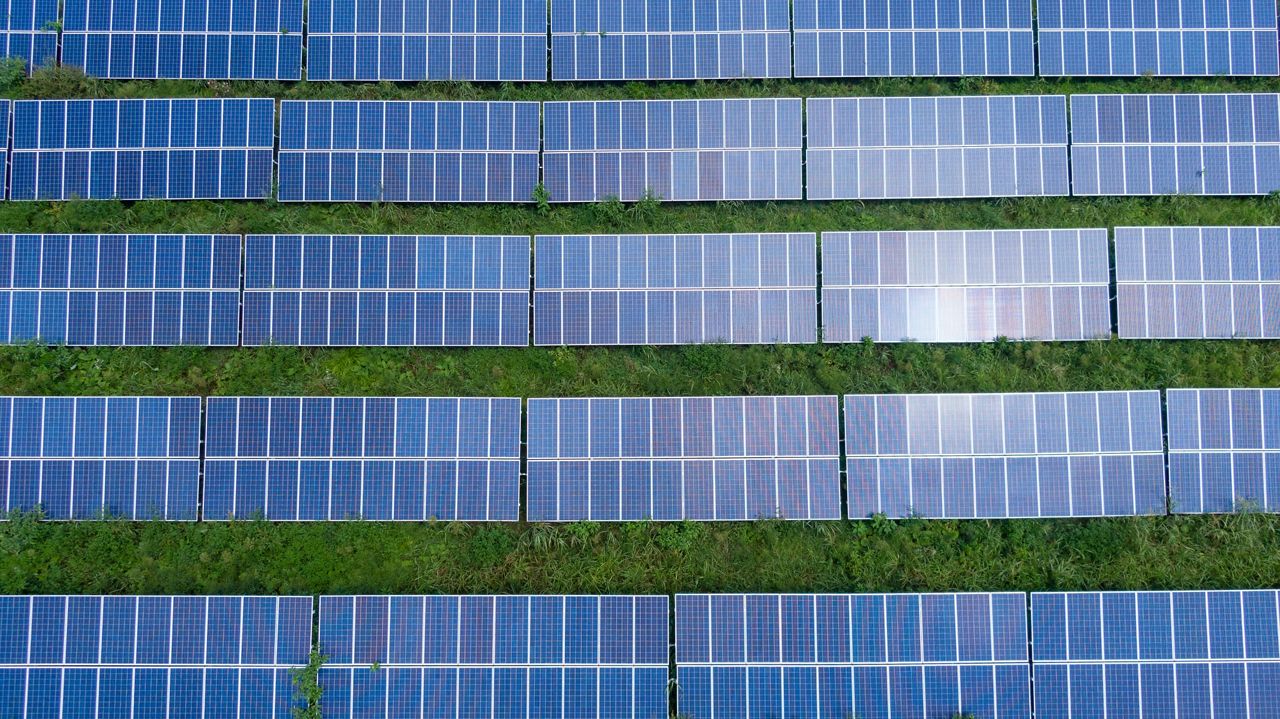Solar power has become an increasingly more popular form of renewable energy over recent years. If you’ve been thinking about installing solar panels, it’s important to know when they work their best, and when they don’t.
It should go without saying that solar panels perform best when there is sun, but there is more to it than that. The temperature plays a role in the efficiency of your solar panels, and so do other conditions like wind, clouds, rain and snow.
Believe it or not, solar panels are more efficient in cooler weather. Solar panels only absorb energy from the sun’s light, and not its heat.
Most solar panels’ optimal operating temperature is around 77 degrees. As temperatures increase above that and panels heat up, their voltage, or power output, decreases. Conversely, as temperatures drop, the panels can generate more voltage, producing more electricity.
It’s similar to how your cellphone or other electronics can be sluggish, or even unresponsive in the summer heat.
However, solar panels still generate more electricity in the summer than in the winter. That’s because of a variety of factors, including longer daylight hours and fewer clouds, since warmer temperatures go hand in hand with more sunshine.
What about other types of weather?
Wind can help offset some of the negative effects of your panels getting too hot. A pleasant breeze will ventilate and help cool your panels in the summer, which makes a difference over time.
Not only does the wind cool the panels on a hot day like it would with you or me, but it can dry up water droplets on panels from humidity or leftover rain drops. Water droplets can refract sunlight away from the panels, making them less efficient.
Rain itself doesn’t have a significant negative effect on solar panel efficiency, but with rain, comes clouds. The cloudiness blocks sunlight and solar radiation to the solar panels.
Even though clouds significantly decrease the amount of radiation your solar panels receive, the sun can still deliver indirect sunlight to generate some energy through clouds depending on the thickness of the cloud cover. The same way you can still get sunburnt on cloudy days.
The silver lining of rain? Heavy rainfall or persistent showers can clean dirt and dust off your solar panels. A layer of dirt and dust covering your panels could reduce the sunlight you get on a clear day.
Snow, like rain, also poses the problem of associated cloudiness. The issue with snow is if it sticks onto the panels, blocking some of the light from getting through.
Since solar panels are usually tilted up at 30 to 45 degrees, the snow easily slides off or blows away and doesn’t hinder performance too much. Sometimes, snow on the ground can reflect extra light on your panels since it has a high albedo.
It acts the same way snow on the ground does for snowboarders or skiers, reflecting light back up and giving your face a sunburn.
Our team of meteorologists dive deep into the science of weather and break down timely weather data and information. To view more weather and climate stories, check out our weather blogs section.
Reid Lybarger - Digital Weather Producer
Reid Lybarger is a Digital Weather Producer for Spectrum News. He graduated from Florida State University in 2015 with a Bachelor's of Science in Meteorology. He began his career in local TV news working across Mississippi, Louisiana and Florida for 7 years prior to joining Spectrum in 2022. He's excited for the opportunity to continue to inform the public about the latest weather news with Spectrum.







